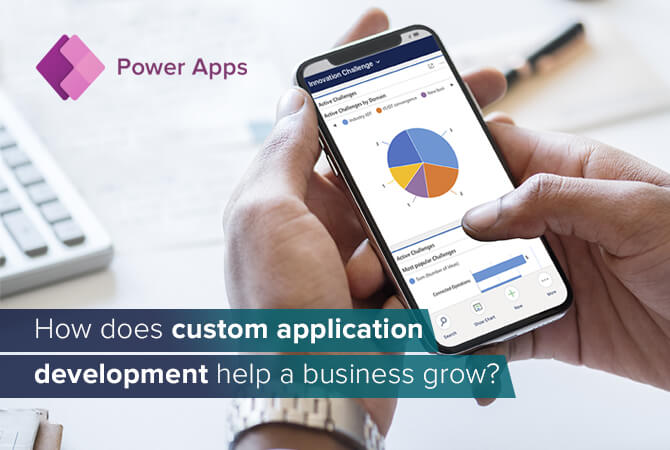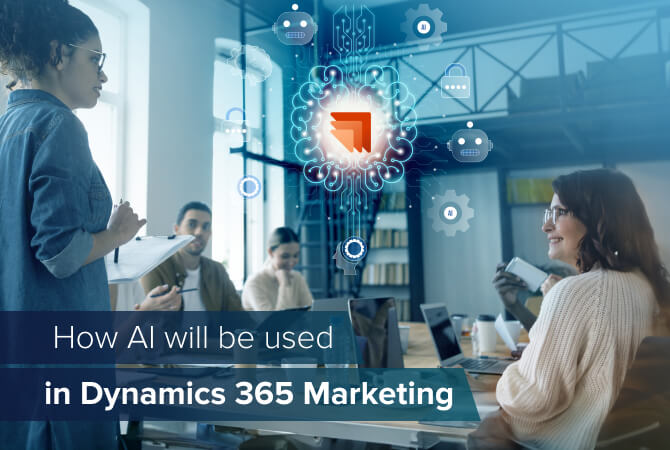
Power Virtual Agents: Creating chat bots without coding
Have you ever had a conversation with a chat bot? The answer is probably yes if you have ever contacted a company’s customer support.
Artificial intelligence (AI) allows us to interact with software by using natural language. Instead of searching for information on traditional service pages on the internet, we can now communicate with bot applications in simple sentences. Users propose their questions to the chatbot, and the answer ideally leads to a successful solution to the problem in just a few steps.
Natural language
Natural language is the language used by humans that has emerged from an uncontrolled historical development. Natural language is used for communicative purposes and for self-expression. It is not artificially developed, but historically evolved languages.
What is a chat bot?
A chat bot is a text-based system that is mostly used as a service tool for various needs. Chat bots have a text input and output area, which can be used to communicate with the system.
For Microsoft, this dialog interface is the key feature of a chat bot. It does not matter whether you communicate in spoken or written form, the interaction always will be in natural language.
Just like a real person, chat bots can make appointments, update orders, or do other tasks.
The benefits are obvious:
- Human agents have more time handling higher-value concerns, such as those that cannot be automated.
- Customer satisfaction will be improved by letting your customers resolve issues on their own around the clock.
Challenges
Creating and maintaining chat bots has traditionally required professional software developers. The topics a chat bot should understand and the answers it should give can change frequently. Not updating the bot can result in an out-of-date chat bot.
Integrating chat bots with backend systems and data has also been difficult. However, this is often required when chat bots are supposed to answer questions well. Example: A chat bot that answers HR questions might need access to information from other systems to address employee-specific questions.
Building chatbots the easy way
With the low-code application Power Virtual Agents (PVA), the Microsoft Power Platform enables users without coding skills to build their own chat bots for many different purposes.
They can be integrated and used in many different channels – from web pages and social media to Microsoft Teams. In each of these areas, they help improve communication. Not only with customers, but also internally or with applicants.
Common uses for Power Virtual Agents:
- customer service bots
- Facebook chat bots
- helpdesks for employees
Power Virtual Agents step by step
- You start by assigning your new chat bot a name, then clicking the “Create” button.
- Next, you create a set of topics for your chat bot, for example the salutation, so your bot can interact with users.
- Then you define trigger phrases for each of your chatbot’s topics. If any of your trigger phrases are used during the conversation, the chat bot will know what the user wants to talk about.
- If the chat bot does not recognize any trigger phrases in the user’s message, it can forward the user to a live human agent. Alternatively, it can default to a defined fallback topic in a situation like this.
- Once your chatbot is ready, you can determine the channels it will use to communicate with people.
Power Virtual Agents addresses all challenges described earlier:
Anyone can create chatbots
Power Virtual Agents provides graphical tools for creating chat bots. These tools are designed for anyone, not just expert developers.
Anyone can update chatbots
Rather than having to wait for your IT department to make time, chat bots can be changed as required by non-experts, too. This helps chat bots stay up to date.
Bots can be integrated to other systems
PVA chat bots can access different existing services, including SharePoint, Office 365, Dynamics 365 and more. They can also access chatbots which are created with other technologies.
Contact us with your questions about all Power Virtual Agents’ functionalities and use cases: sales@proMX.net.










